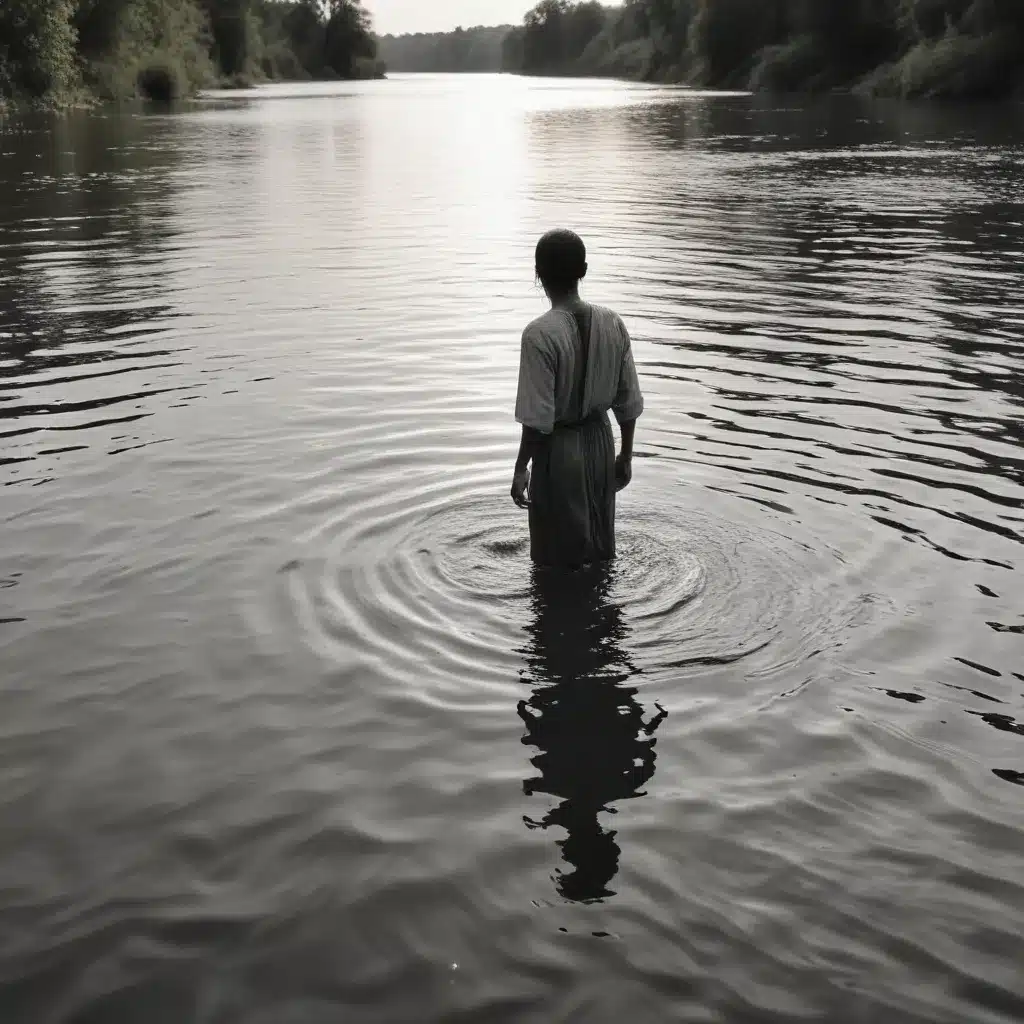
Liquid Legacies: Exploring the Confluence of Culture and Water
Tapping into Tradition: Water’s Sacred Histories
Water has been a source of reverence, myth, and cultural identity for communities across the globe throughout human history. From the Nile River in Egypt to the Ganges in India, waterways have been imbued with spiritual significance, serving as sites of ritual, worship, and storytelling. In many indigenous societies, water deities and beings are woven into the fabric of cultural worldviews, guiding human-environmental relationships and shaping stewardship practices.
The Australian Aboriginal Rainbow Serpent, for example, is a powerful creator figure that governs the life-giving properties of water, while also representing its potential for destruction. Similarly, the Māori people of New Zealand view rivers as living ancestral entities, integral to their cultural identity and well-being. These ancient beliefs and traditions remind us of the deep, sacred ties between water and human societies, connections that often transcend modern political and ecological boundaries.
“Water serpent beings’ abilities to be monstrous also traverse scales. They can lurk within the individual psyche and represent the seething inner sea of instincts and emotions, or they can reflect tensions and fluid capacities for disorder at a societal level, such as the chaos represented by war or revolution… At a cosmic level, they can represent apocalyptic events – the Flood, the volcanic eruption, the earthquake, the tsunami.” – Veronica Strang, Water Beings: From Nature Worship to the Environmental Crisis
As Veronica Strang’s research reveals, these water-based cultural narratives often serve as metaphors for both individual and collective human experiences, capturing the dynamic and sometimes volatile nature of our relationship with this essential element. Across diverse belief systems, water has been viewed as a source of life, death, purification, and transformation – a fluid force that shapes human societies and psyches in profound ways.
Channeling Change: Water’s Role in Social and Political Movements
The cultural significance of water has also often been at the heart of social and political movements, as communities have mobilized to protect sacred waterways and assert their rights to clean, accessible water resources. In India, for example, the Narmada Bachao Andolan (Save the Narmada Movement) arose in the 1980s to oppose the construction of large dams along the Narmada River, which threatened to displace hundreds of thousands of people and submerge culturally and ecologically significant areas.
Similarly, the Idle No More movement in Canada, which gained momentum in 2012, drew heavily on indigenous perspectives that view water as a living, sentient entity deserving of legal rights and protection. Activists in this movement highlighted the threats posed by resource extraction, pipeline projects, and other industrial activities to the health of waterways, arguing that the degradation of water resources violated indigenous sovereignty and cultural integrity.
“If many of us unite around care for water and becoming water guardians, from a variety of faith beliefs, political and ecological opinions and none, our human power can make a real difference.”
As the Joint Action for Water blog author James Murray-White observes, the growing global movement to recognize the rights of nature, including rivers, lakes, and other water bodies, taps into these deep cultural and spiritual connections. By framing water as a living, sacred entity, rather than a mere resource to be exploited, communities are asserting their right to a healthy, thriving environment and challenging the anthropocentric worldviews that have often underpinned environmental destruction.
Reviving Traditions, Reclaiming Water
Across the world, grassroots efforts are underway to revive traditional water management practices and reclaim community control over vital water resources. In Peru, for example, indigenous Quechua and Aymara communities have been working to restore and maintain traditional irrigation systems, known as amunas, that harness the natural flow of water to recharge aquifers and ensure year-round water availability.
Similarly, in Australia, Aboriginal groups have been collaborating with environmental organizations to restore and protect culturally significant wetlands, drawing on traditional ecological knowledge to inform sustainable management practices. These community-led initiatives not only help to preserve cultural traditions but also provide innovative solutions to pressing water challenges, such as water scarcity, pollution, and biodiversity loss.
“Today, in a world urgently in need of a change in direction, the stories that water serpent beings tell, and their capacities to represent alternate visions of human-non-human relations, may be the most crucial role that they have ever had.”
As the world grapples with the impacts of climate change and growing water crises, the insights and practices embedded in these cultural water narratives and traditions are increasingly recognized as vital resources for building more sustainable and equitable water futures. By centering Indigenous and local knowledges, communities are charting new pathways for water stewardship that honor the sacred and essential role of water in their lives and livelihoods.
Liquid Legacies: Water, Culture, and the Path Forward
The rich tapestry of cultural narratives and traditions surrounding water underscores the deep, enduring connections between this vital resource and human societies. From the sacred stories of water deities and beings to the communal efforts to protect and revive traditional water management practices, these legacies offer valuable insights and frameworks for addressing contemporary water challenges.
As the Joint Action for Water blog author James Murray-White notes, “if many of us unite around care for water and becoming water guardians, from a variety of faith beliefs, political and ecological opinions and none, our human power can make a real difference.” By recognizing the cultural, spiritual, and political significance of water, we can cultivate a more holistic, sustainable, and equitable approach to water stewardship that honors the diverse ways in which communities have understood and cared for this life-giving resource throughout history.
In an era of mounting water crises, the confluence of culture and water offers a wellspring of inspiration and guidance for charting a more harmonious and resilient future. By tapping into the rich legacies of water-based beliefs, practices, and movements, we can foster a deeper sense of connection, responsibility, and reverence for the waters that sustain us all.

